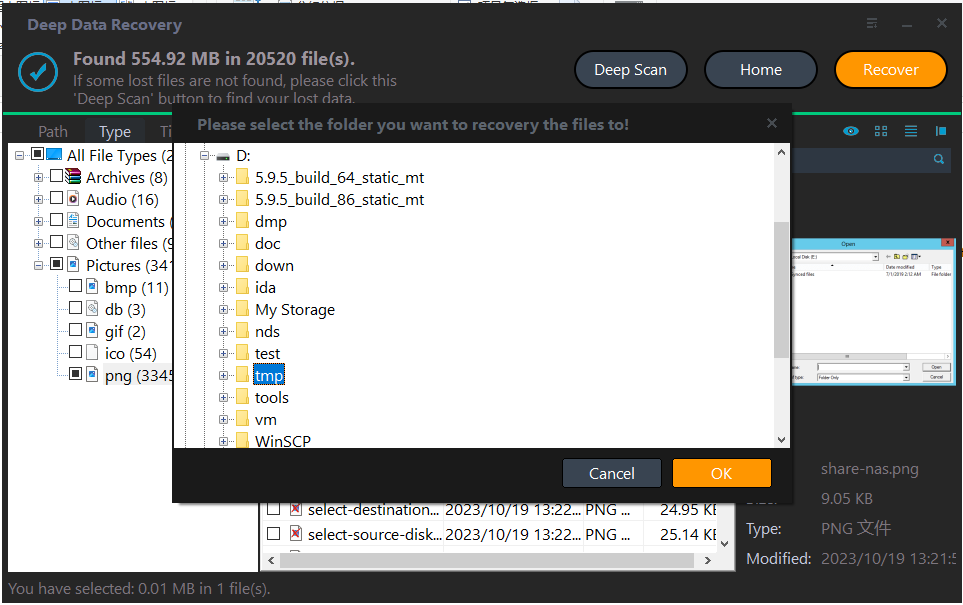How to Recover Files from Fdisked Hard Drives in Windows 10/11
What Is a Partition
To divide memory or mass storage into isolated sections. In DOS systems, you can partition a disk, and each partition will behave like a separate disk drive. Partitioning is particularly useful if you run more than one operating system. For example, you might reserve one partition for Windows and another for UNIX.
Also, partitioning on DOS and Windows machines can improve disk efficiency because the FAT/NTFS system used by these operating systems automatically assigns cluster size based on the disk size: the larger the disk, the larger the cluster. Unfortunately, large clusters can result in wasted disk space, called slack space. An entire sector of the software industry is devoted to building utilities that let you partition your hard disks, such as Fdisk, Partition Magic, and Qiling Disk Master.
Fdisk Explanation
The Fdisk commands are typically run to prepare a new hard disk for use - enabling the division of the hard drive and the installation of an operating system, application programs & eventual user data. The Fdisk command has existed for a long time; formerly, they were stand-alone DOS programs before being integrated into Windows.
Symptoms
Where previously the computer would boot and be usable, systems that have been Fdisked often report the following errors: (these errors are frequently displayed on a black screen with white text)
- No boot device
- Operating System not found
- Primary Hard Disk not found. Press F1 to Continue
- Master Boot Record Not Found
- Invalid or corrupt FAT
- Invalid partition table entries
- Invalid sector
- Cannot find the file or program
- Invalid command.com
- Primary/Secondary Hard disk failure
- Non-system disk
- Disk error
How to Recover Files from a Fdisked Drive
Tips: If you cannot boot the computer, use a data recovery bootable disk or connect the hard drive to another computer as a slave to recover lost data.
Deep Data Recovery is the ultimate hard drive recovery software that can restore files from lost partitions, formatted hard drives, RAW drives, and inaccessible or corrupted hard drives.
Step 1. Run Deep Data Recovery. Select the partition where stored the lost files and click "Scan". Qiling data recovery software supports parition recovery with FAT(FAT12,FAT16,FAT32), exFAT, NTFS, NTFS5, ext2, ext3, HFS+, and ReFS file system.

Step 2. If you want to quickly find the lost data from the numerous scan results, you can use the filter or search function.

Step 3. You can preview files before recovery. Then, select all desired data and click "Recover" to restore files from existing partitions. Do not save the files to the partition where you lost the data.

Related Articles
- Recover Deleted Word Documents Windows 10/11 in 4 Ways [2023 Update]
- EFS Decryption Guide: How to Recover Encrypted Files on NTFS Drive Without Effort
- Recover Access Files with Access Database Recovery Software
- Download Qiling Data Recovery Crack 3.2 [Full Crack]